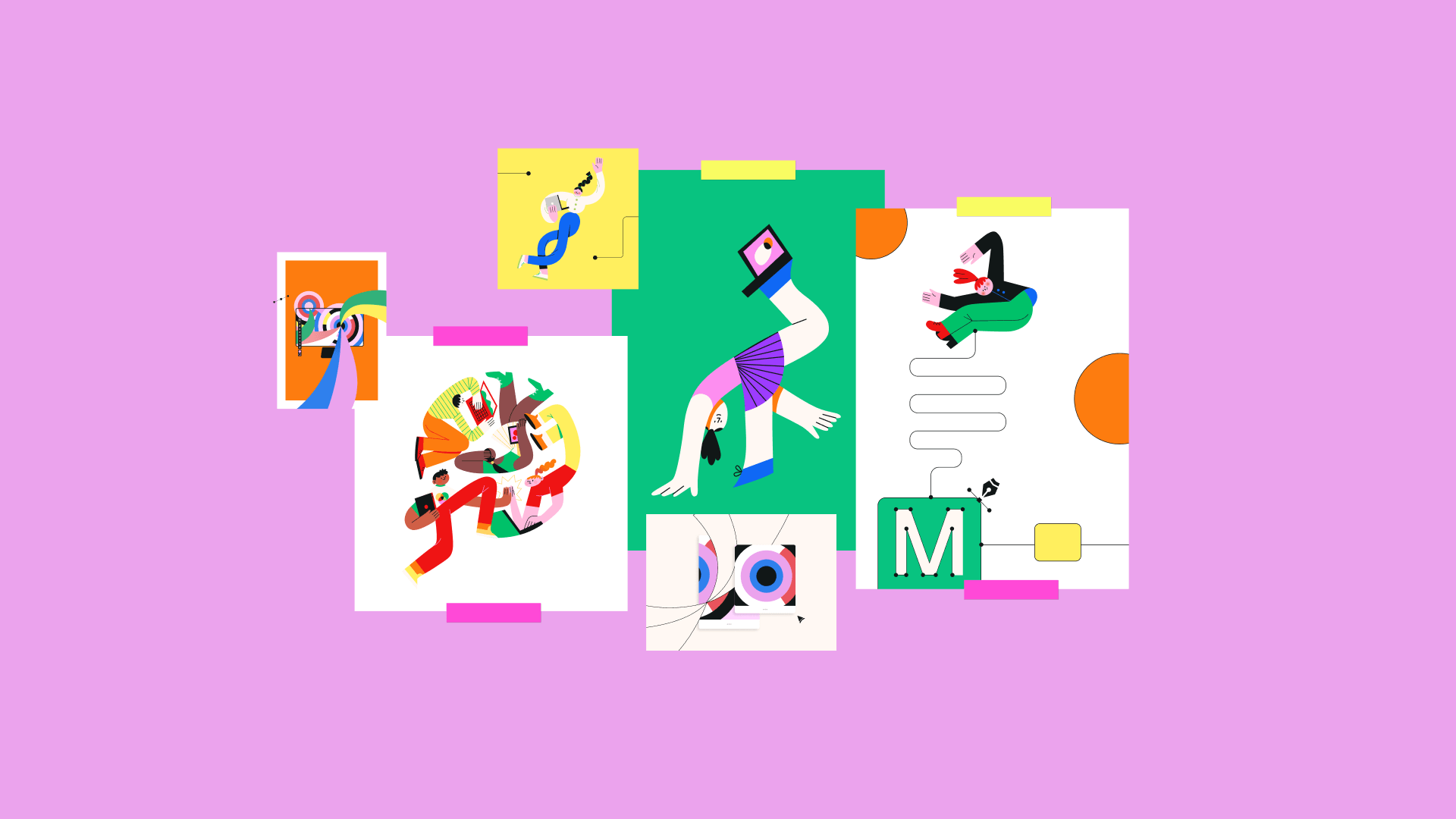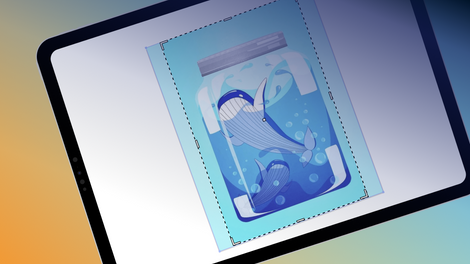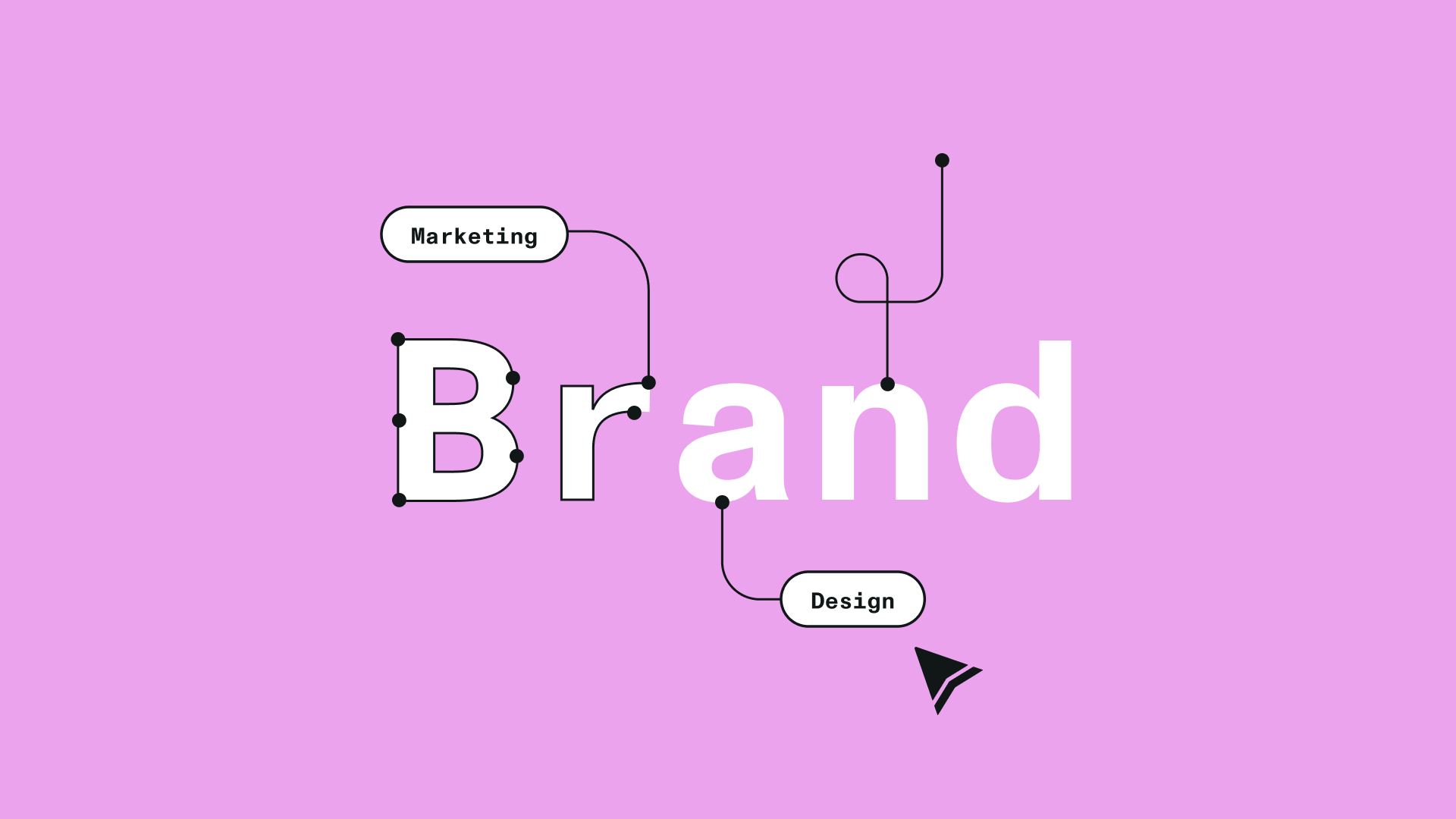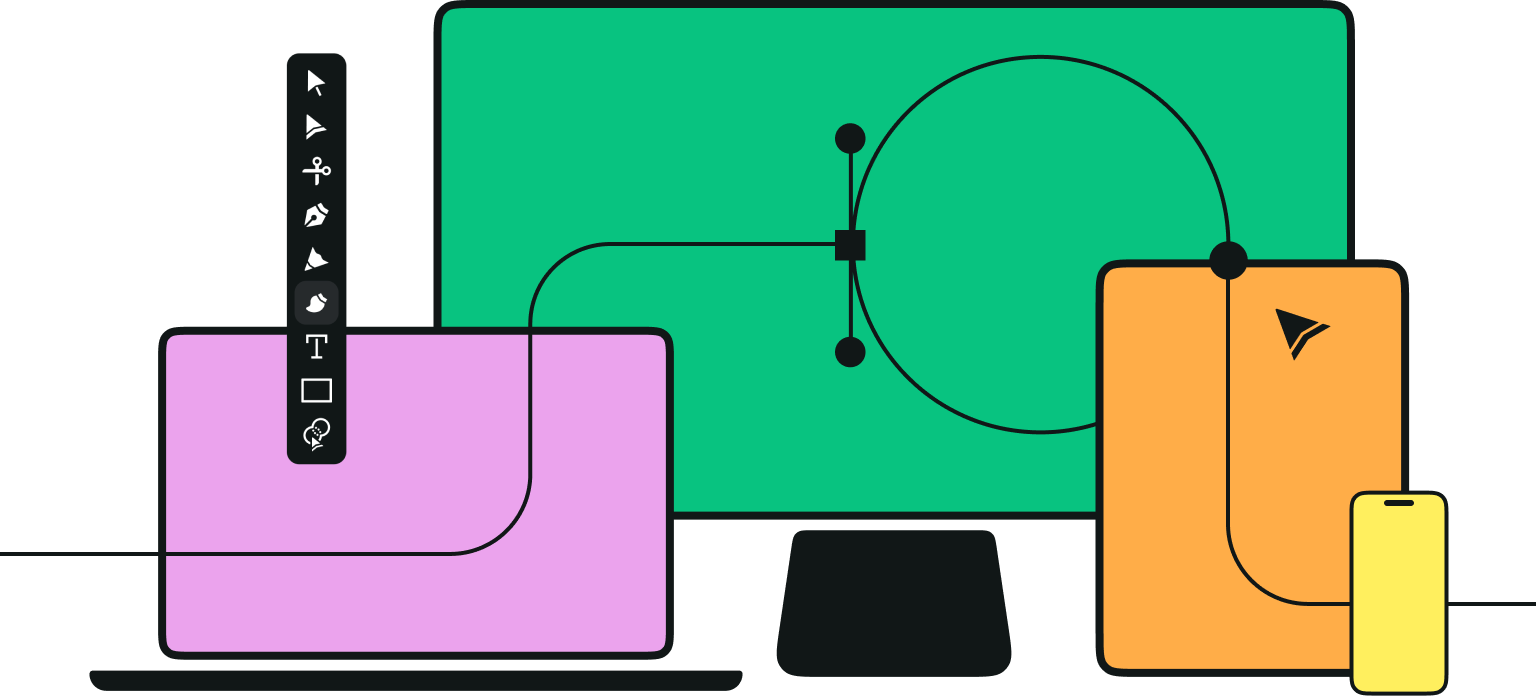You might have overheard the term mood board in a discussion of creatives several times and might have asked yourself what a mood board is and how to create one. In this Design Tip, we’ll elaborate on that and hopefully answer all your burning questions regarding that topic.
Let’s first dive into the definition of the term mood board.
What is a mood board?
A mood board, sometimes called an inspirational board, is a tool to collect and communicate visual ideas and concepts. It’s a photo collage of images, illustrations, notes, patterns, materials, color schemes, text elements, stock images, sound samples, GIFs, and font samples. The idea is to visually convey a project's mood, color palette, or particular style. It's the visual representation of your project vision and the first step of your creative process.
Sometimes, explaining a visual idea or concept is difficult to communicate verbally; that’s why a mood board can be beneficial.
Mood boards are generally created at the beginning of a project, usually during the brainstorming phase when the team's first ideas or visual concepts for a film, video, video game, campaign, theater play, or design project need to be communicated. The mood board helps creatives like graphic designers get their creative juices flowing.
Mood boards can even be segmented into several smaller mood board categories.
They are an ideal guideline for the design team of every creative project to base their work on during the project.
Especially for beginners in their respective professions, it can be a potent tool to visually express your ideas without using technical jargon.
The idea is to visually convey a project's mood, color palette, or particular style. It's the visual representation of your project vision and the first step of your creative process.
Once created as a starting point for a project, the mood board can be further used during all project stages to keep track of the mood or look of a project and not revert from it.
Be careful not to confuse the mood board with a storyboard, as the mood board does not contain scene sequences, storylines, or dialogue.
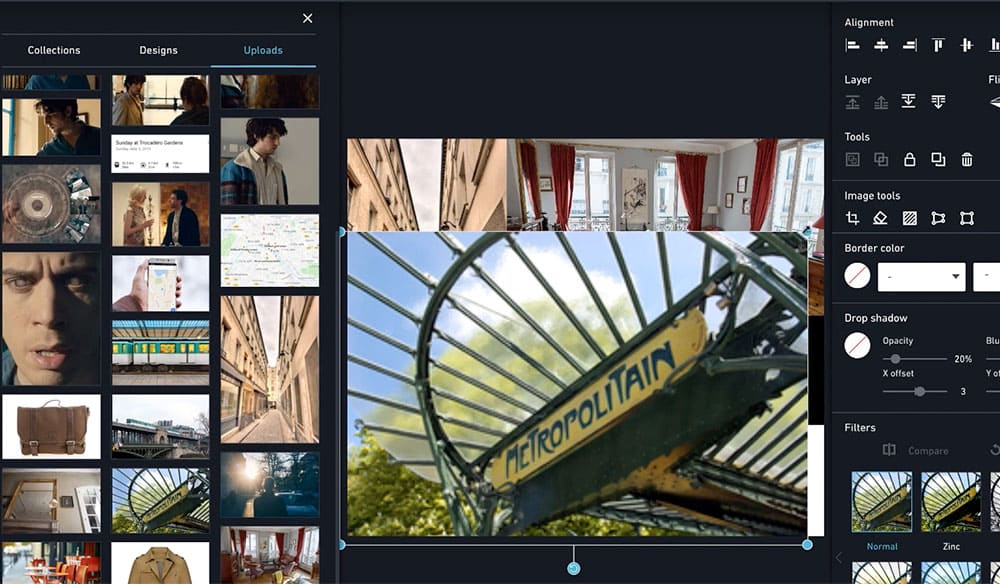
These are the key benefits of creating a mood board:
- Mood boards help communicate creative visual concepts, design elements, and design ideas that are difficult to verbalize.
- They are a compass for the consistency of your project look you can always refer to.
- It defines the direction of the project.
- You can easily share them with clients and team members when they are digital.
- They communicate the big picture of your project.
- Mood boards create a foundation on which the following production steps, such as a storyboard, can be based.
- They can help you pitch and communicate a project successfully with potential clients or investors.
- It helps you focus and define a project's direction during the brainstorming phase of a project.
- You can communicate your idea without technical jargon, and the mood board is universally understandable through its visual language.
Physical vs. digital mood boards: What's the difference?
For a project, you can create a digital mood board or a physical mood board, or sometimes even both.
Digital mood boards are created solely on a digital device and in digital format, whereas physical mood boards are made in 3D.
The physical mood board
The physical boards are usually created as foam boards or boards made of cardboard, cork, or paper. You can use glue or tape to attach stickers, paper, string, or fabric and material samples that can transport the haptic feel of fabrics or objects later used in the project. It is ideal for interior design or costume design planning, as the materials and their haptic sense play a central role during the project.
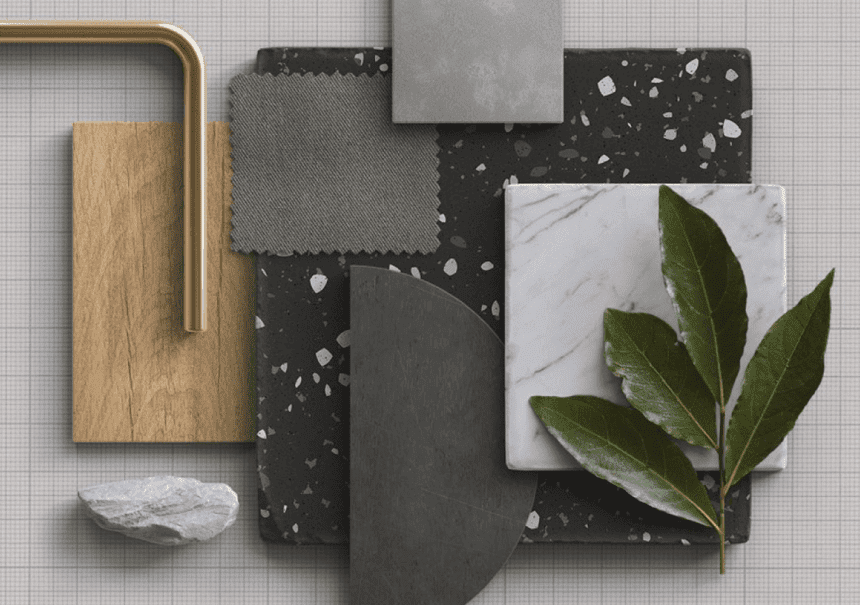
You can use fabric samples, magazine snippets, hand-drawn illustrations, and every object of the physical world related to your project vision.
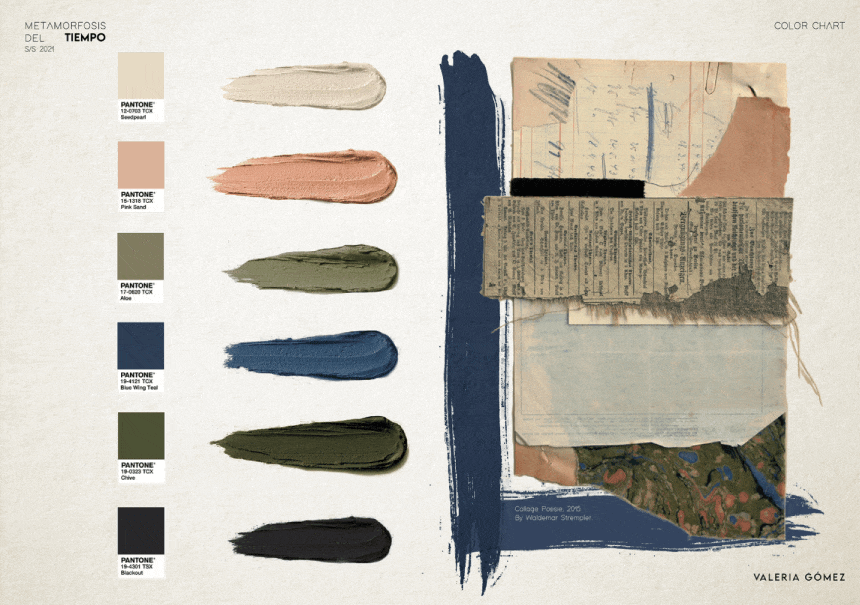
The downside is that a physical mood board cannot be reproduced endlessly like a digital mood board. Copies of a physical mood board cost money and time for each reproduction.
The digital mood board
Digital mood boards, however, can include movement via animation clips or 3D visualizations in addition to 2D images. In design, the digital mood board is often referred to as a visual territory board or presentation board.
If you find objects in the real world, you can take a picture and then integrate it into your digital mood board.
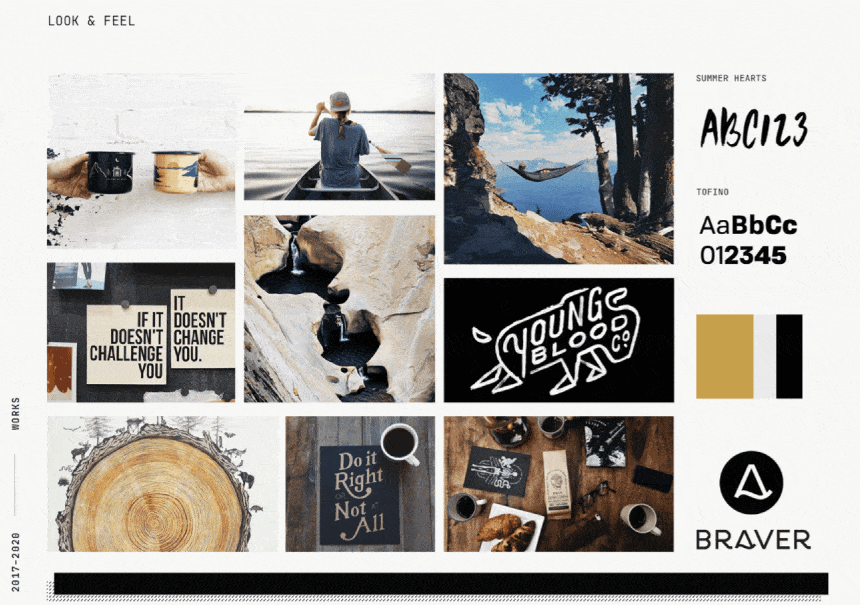
The advantages of a digital mood board are that it is much faster to curate, is easy to adjust and modify, and can be shared with as many clients or team members as you want as it is endlessly reproducible.
Another advantage of the digital mood board is that you can arrange several samples of color palettes or object combinations before purchasing these items to create a physical mood board.
That is why a digital mood board is often created first, and a physical mood board is made later.
The digital mood board helps to create and visualize the concept; physical mood boards envision the elements coming together in the 3D.
How to make a mood board: A step-by-step guide
Now that we understand the basic definition of a mood board, let’s analyze the steps to create it.
How to choose your mood board format
The first step is defining whether you want to create a digital or physical mood board. Before you take this decision, you need to analyze the circumstances and requirements of your project.
Are the clients or team members remote or local?
If your clients or team members are remote, the obvious choice is to create a digital mood board that you can share digitally. Producing several physical mood boards and shipping them to clients or team members causes additional costs.
Are you working on a project where materials and textures take center stage?
Exceptions are projects that mainly emphasize interior design or costume design. Here it might make sense to create an additional physical mood board with material samples that transport the haptic feel of the fabric.
How do you get inspired?
Ask yourself how you collect and archive your inspirational snippets. If you prefer to browse online, save images digitally, then decide on a digital mood board. A physical mood board would be suitable if you like collecting magazines or small items, such as fabric samples or small real-world objects.
The steps to create your own mood board
1. Define the theme of your mood board
Before you start collecting material, clearly define the subject of your project. Define the color palette and mood of your project. It is possible to create subtopics and create corresponding mood board subcategories.
2. Select the software for the digital mood board
To create a digital mood board, you must choose software to collect, save and present the mood board elements. Most design apps offer a free mood board template.
You can use the free platform Pinterest to collect " Pins " ( images) and organize them on boards. You can pin static pictures and videos.
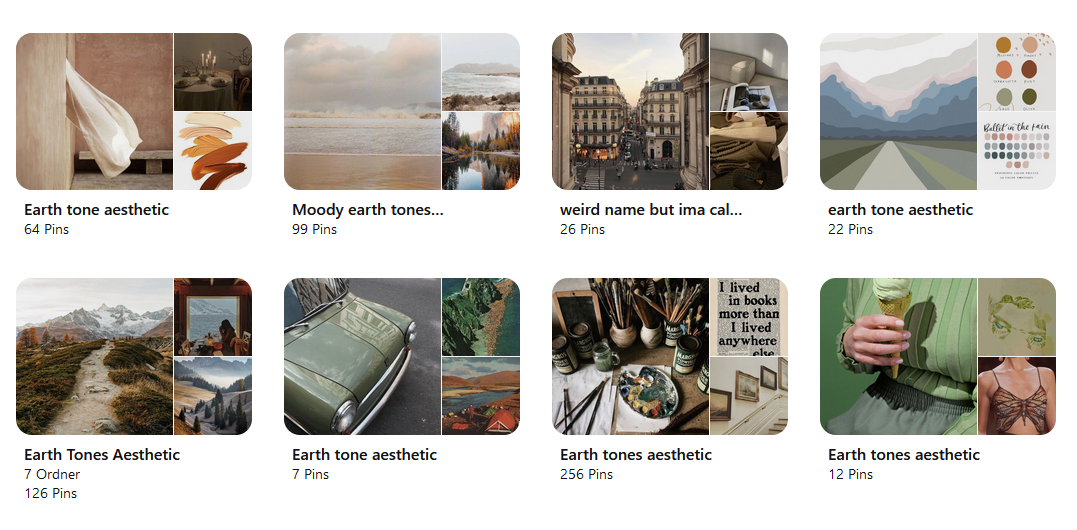
Canva
With this free software, you can use ready-made templates or create new ones, drag and drop images onto the template canvas and arrange them easily. To unlock all templates, you need to upgrade to Canva Pro.

Linearity Curve
Use the our powerful vector-based software to import images that are raster-based or vector-based. Use the powerful vector tools, Auto Trace feature, Unsplash integration, or the extensive Templates Hub for additional designs to support and illustrate your mood board concept.
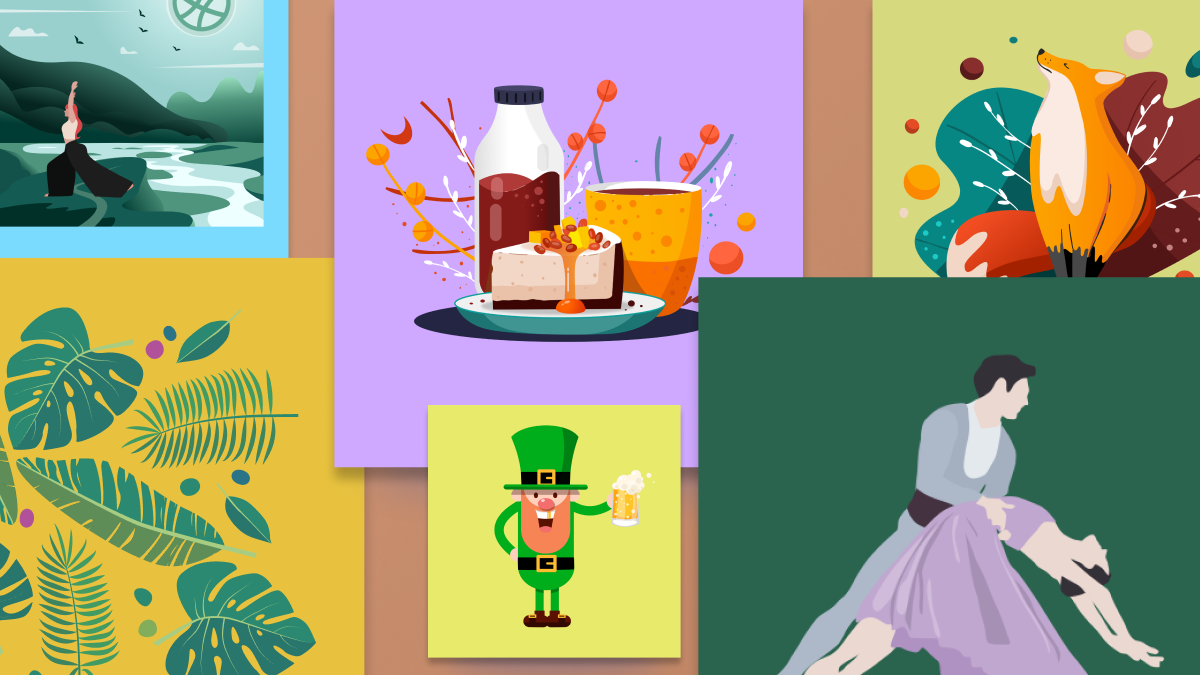
Milanote
With the free app Milanote, you get many ready-made mood board templates where you can import and arrange your mood board elements.

Invision Boards
The free app Invision Boards allows a remote team to work collectively in real-time on a mood board.

Figma
Figma is a free app wildly popular in remote marketing teams, allowing several team members to collaborate simultaneously on a real-time design project. Create and save templates in seconds and arrange the mood board elements intuitively on the canvas.
There are countless free and paid apps available to create a mood board. The tools we mentioned are a small fraction of the overall available mood board applications.
3. Get inspired and collect the mood board elements
Make a collection of images. You can use whatever you can gather digitally or in the real world. Take photos, cut out magazine snippets, search Youtube, Instagram, Unsplash, Dribble, CollectUI, SiteInspire, or Tumblr; you can use everything on the web or the natural world as an element for your mood board.
4. Curate and present your mood board
There are no fixed rules for arranging the elements on your mood board. A general recommendation would be to balance the mood board so that combined elements create one visually pleasing image. A rule of thumb would be to avoid strong overlapping of the visual elements, as they should remain recognizable, but a slight overlap can create a sense of depth.
Especially if you want to present the mood board to investors, the final picture should communicate the overall vision for your project. It’s like a puzzle that transforms into your project vision when all the parts come together.
The mood board sets - as the name suggests - the mood for your project. It’s like taking visual notes before starting your project.
Jumpstart
your ideas with
Linearity Curve
Take your designs to the next level.
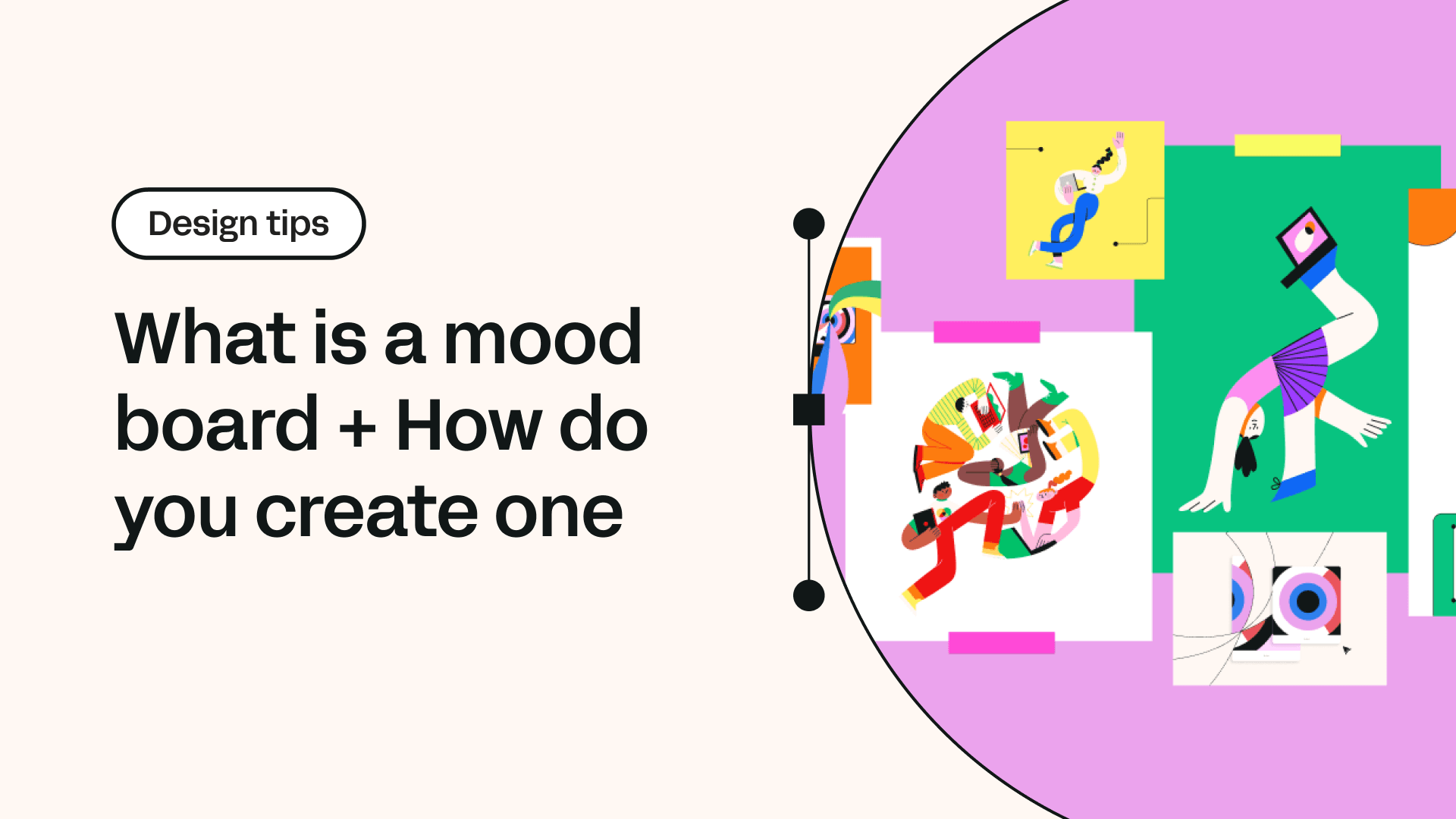
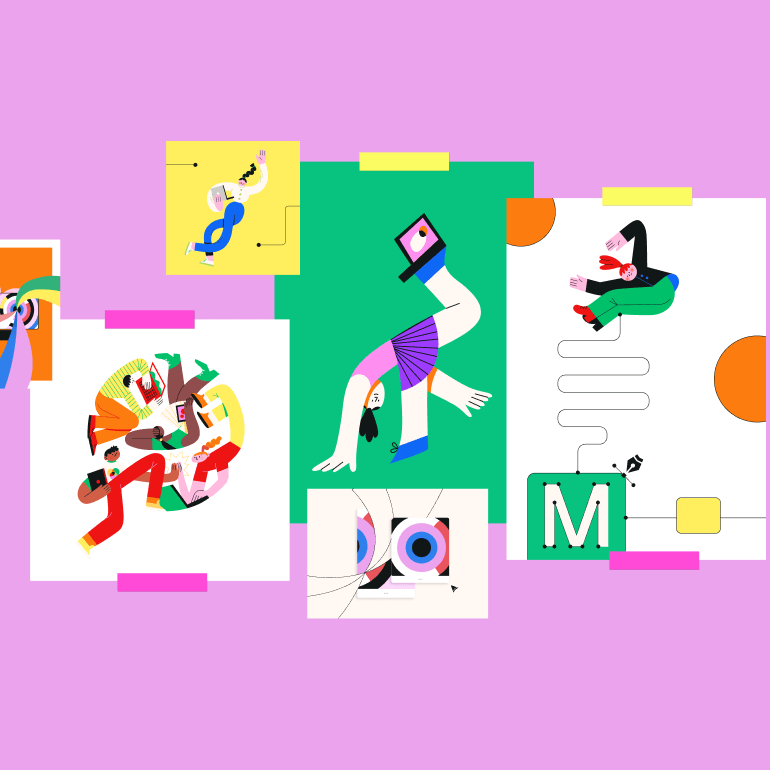
Share this!
Marion Gerlinger
Marion is a contributing writer to the Linearity Blog.
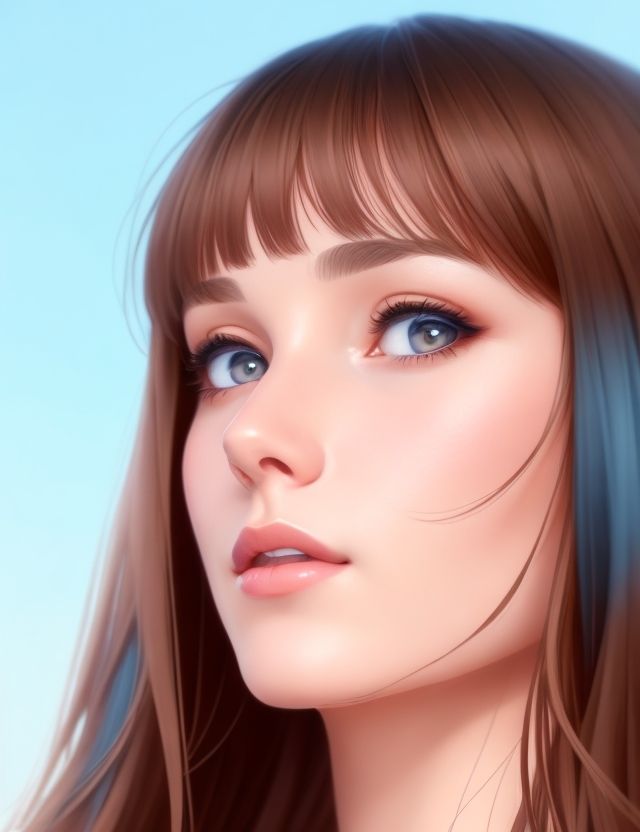

:quality(75))
:quality(75))
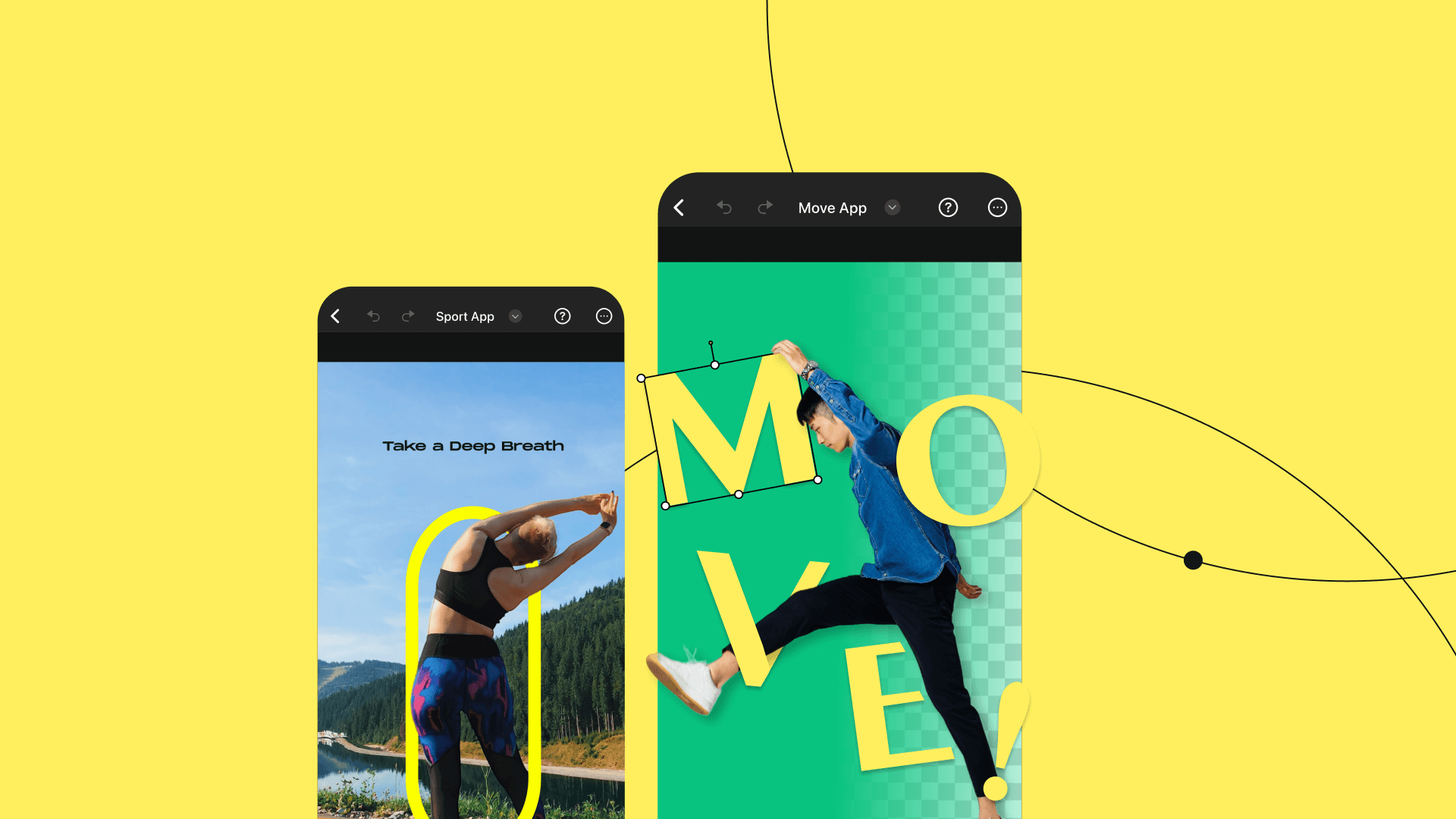
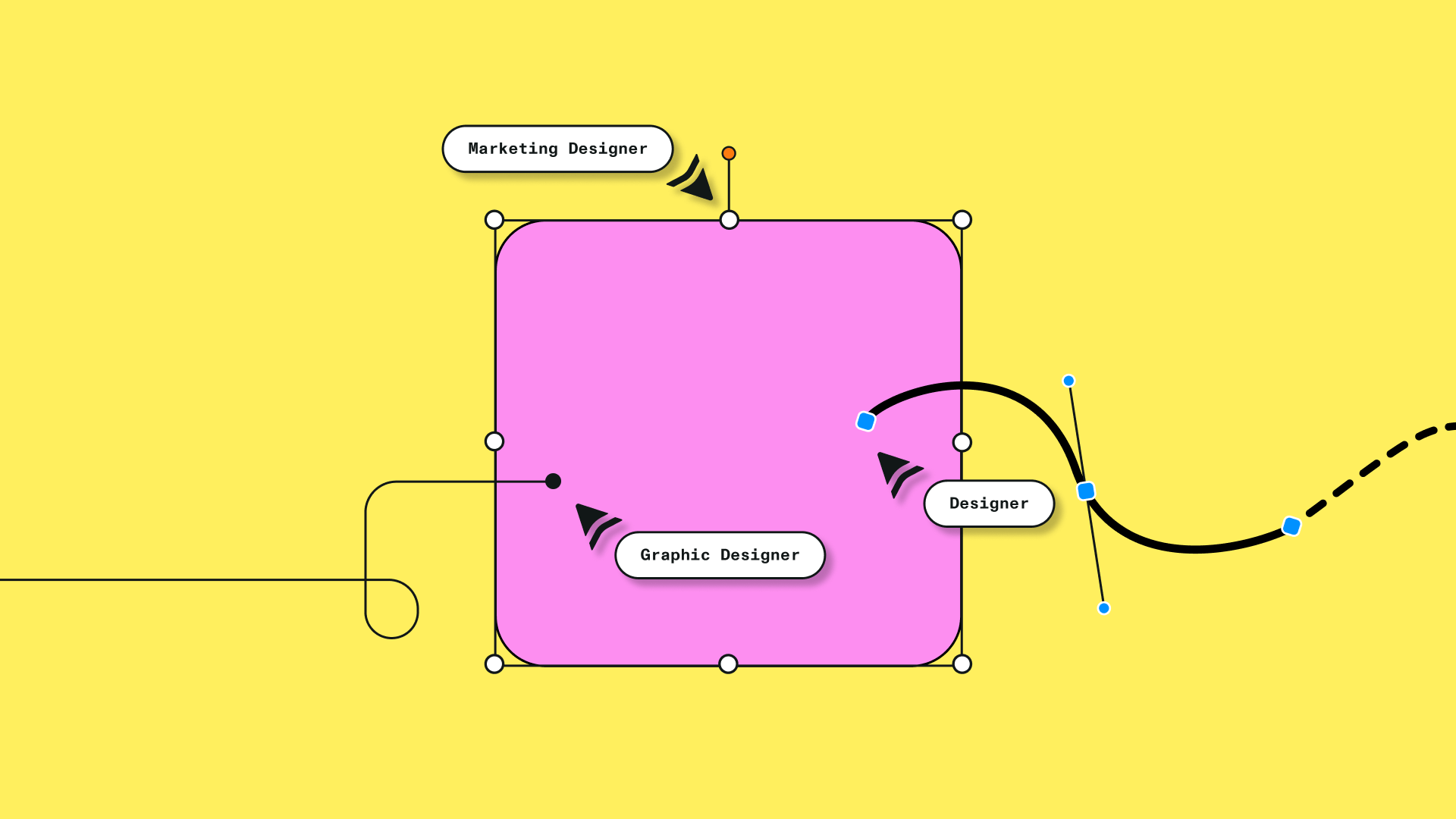

:quality(75))
